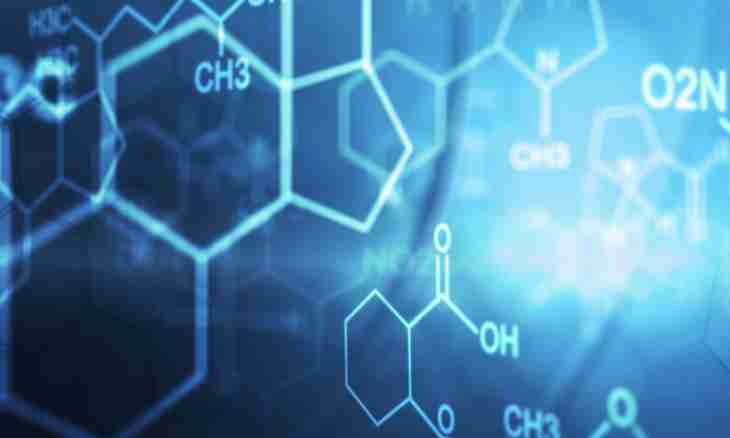Nitrogenous acid belongs to weak and unstable acids. Chemists meanwhile did not manage to receive it in pure form. It exists only in water solution and shows at the same time both oxidizing, and recovery properties.
Physical and chemical properties of nitrogenous acid
Nitric acid (chemical formula of HNO2) can exist only in the form of solution or gas. Solution possesses a pleasant blue shade and is steady at zero degrees. The gas phase of nitric acid is studied much better, than liquid. Its molecule has flat structure. The valent corners formed by atoms are equal 102 ᵒ and 111 ᵒ respectively. Atom of nitrogen is in a condition of sp2-hybridization and has couple of electrons, untied with the molecule. Its oxidation level in nitrogenous acid is +3. Length of communication of atoms does not exceed 0.143 nanometers. Such structure of a molecule explains values of temperature of melting and boiling of this acid which are 42 and 158 degrees respectively.
Nitrogen oxidation level in connection is not the highest or the lowest. It means that nitrogenous acid can show both oxidizing, and recovery properties. When heating its solution, nitric acid (its chemical formula of HNO3), NO nitrogen dioxide, colourless poisonous gas, and water is formed. Its oxidizing properties are shown in reaction with yodovodorodny acid (water, iodine and NO is formed).
Recovery reactions of nitrogenous acid come down to receiving nitric acid. At reaction with hydrogen peroxide water solution of nitric acid is formed. Interaction with strong manganese acid leads to release of water solution of nitrate of manganese and nitric acid. Nitrogenous acid at hit in a human body causes mutagen changes, i.e. various mutations. It becomes the reason of high-quality or quantitative change of chromosomes.
Salts of nitrogenous acid
Salts of nitrogenous acid are called nitrites. They are more resistant to high temperatures. Some of them are toxic. At reaction with strong acids they form sulfates of the corresponding metals and nitrogenous acid which is forced out by stronger acids. Many nitrites are used in production of some dyes and also in medicine. Nitrite of sodium is used in the food industry (E250 additive). It is hygroscopic powder of white or yellowish color which is oxidized on air to sodium nitrate. He is capable to kill bacteria and to prevent oxidation processes. Thanks to these properties, it is applied also in medicine as antidote at poisoning of people or animals with cyanides.

